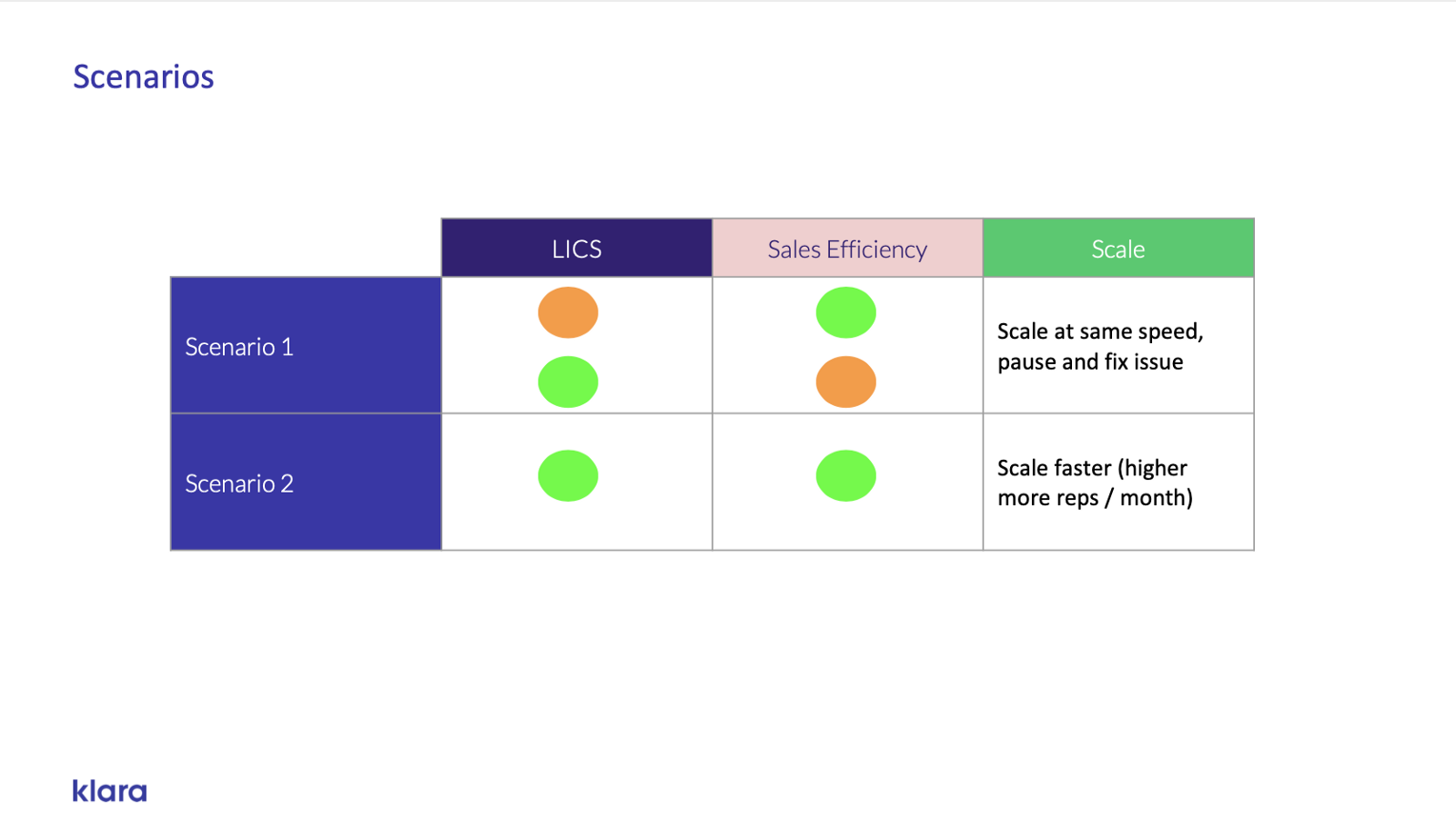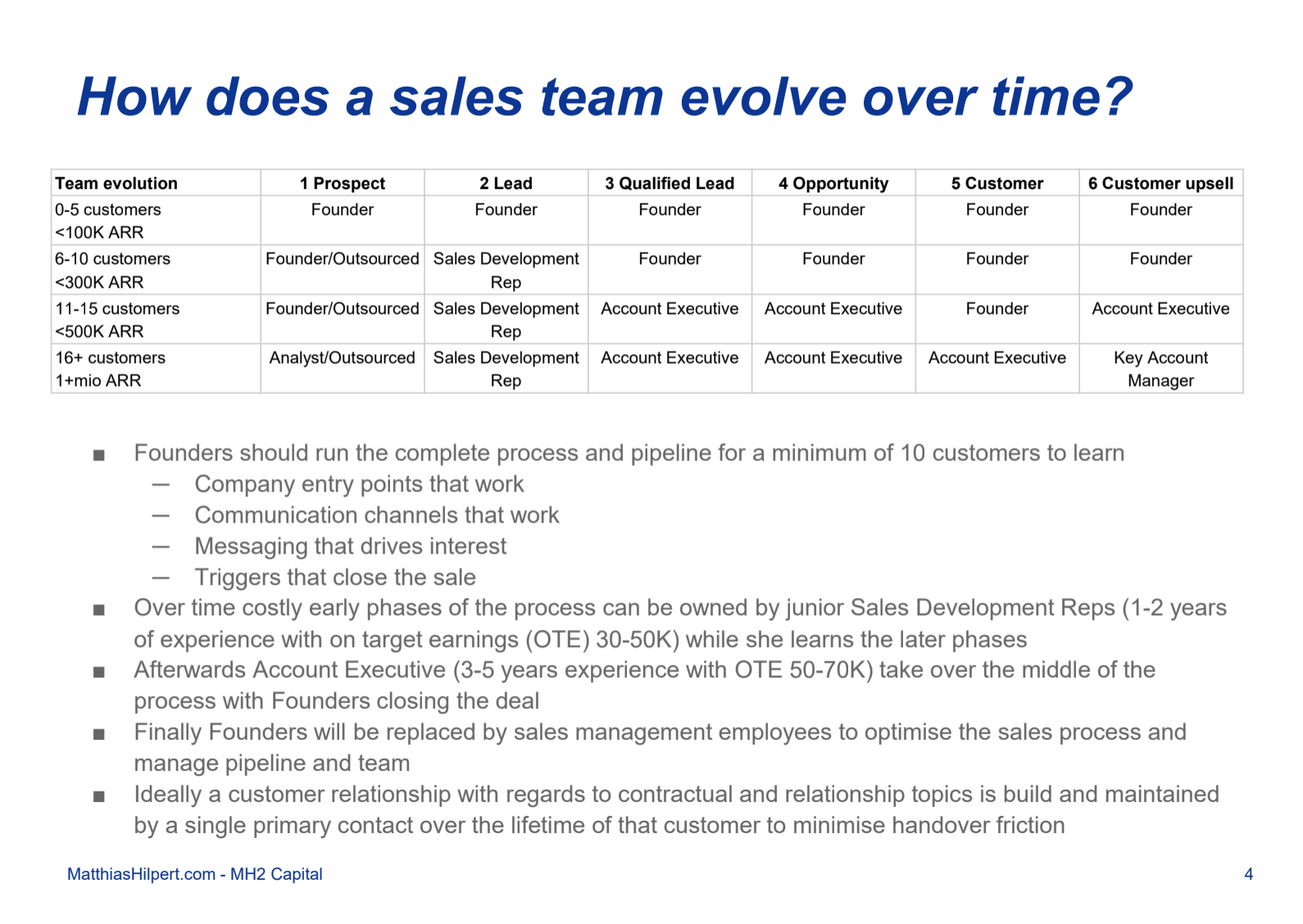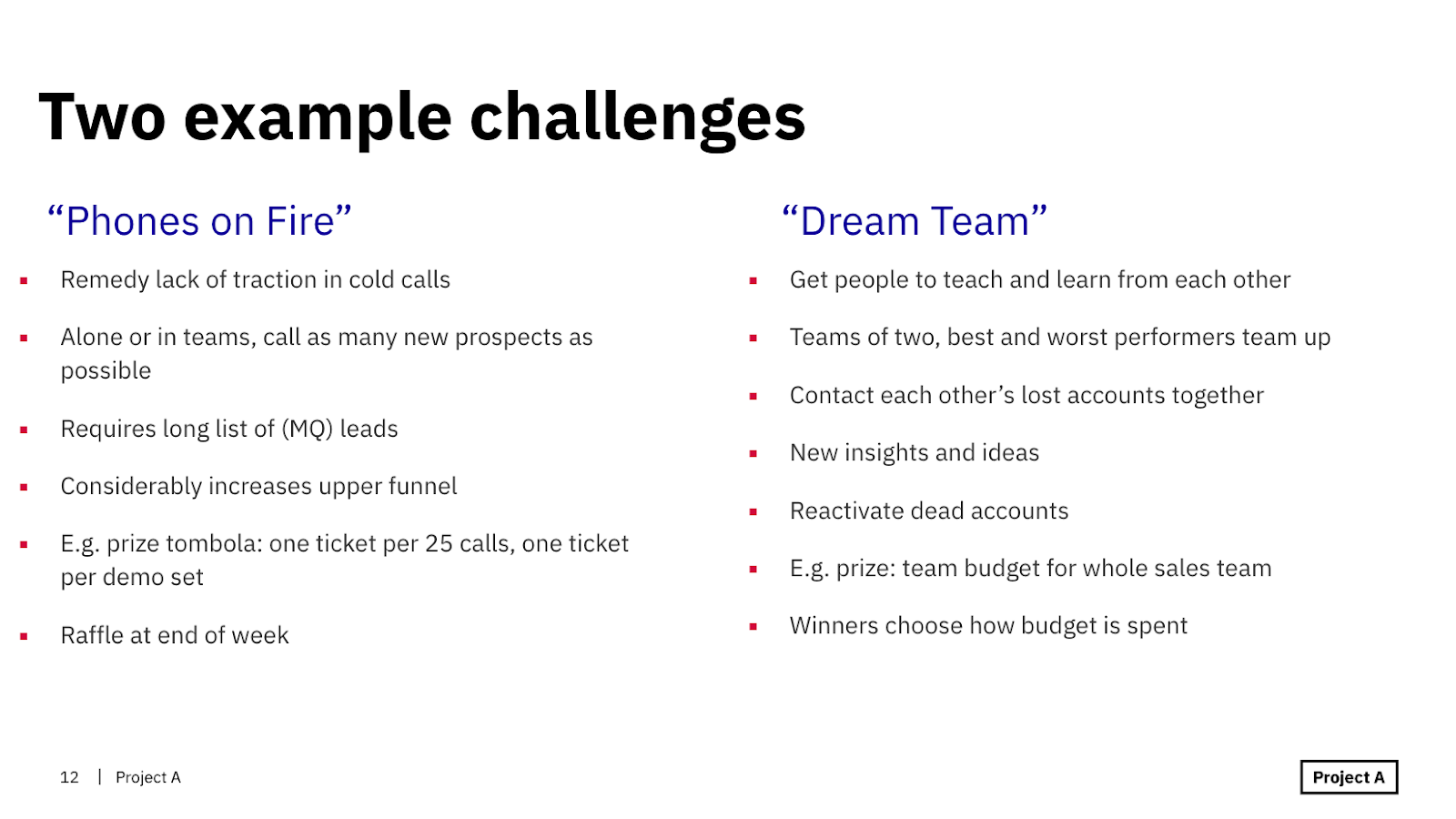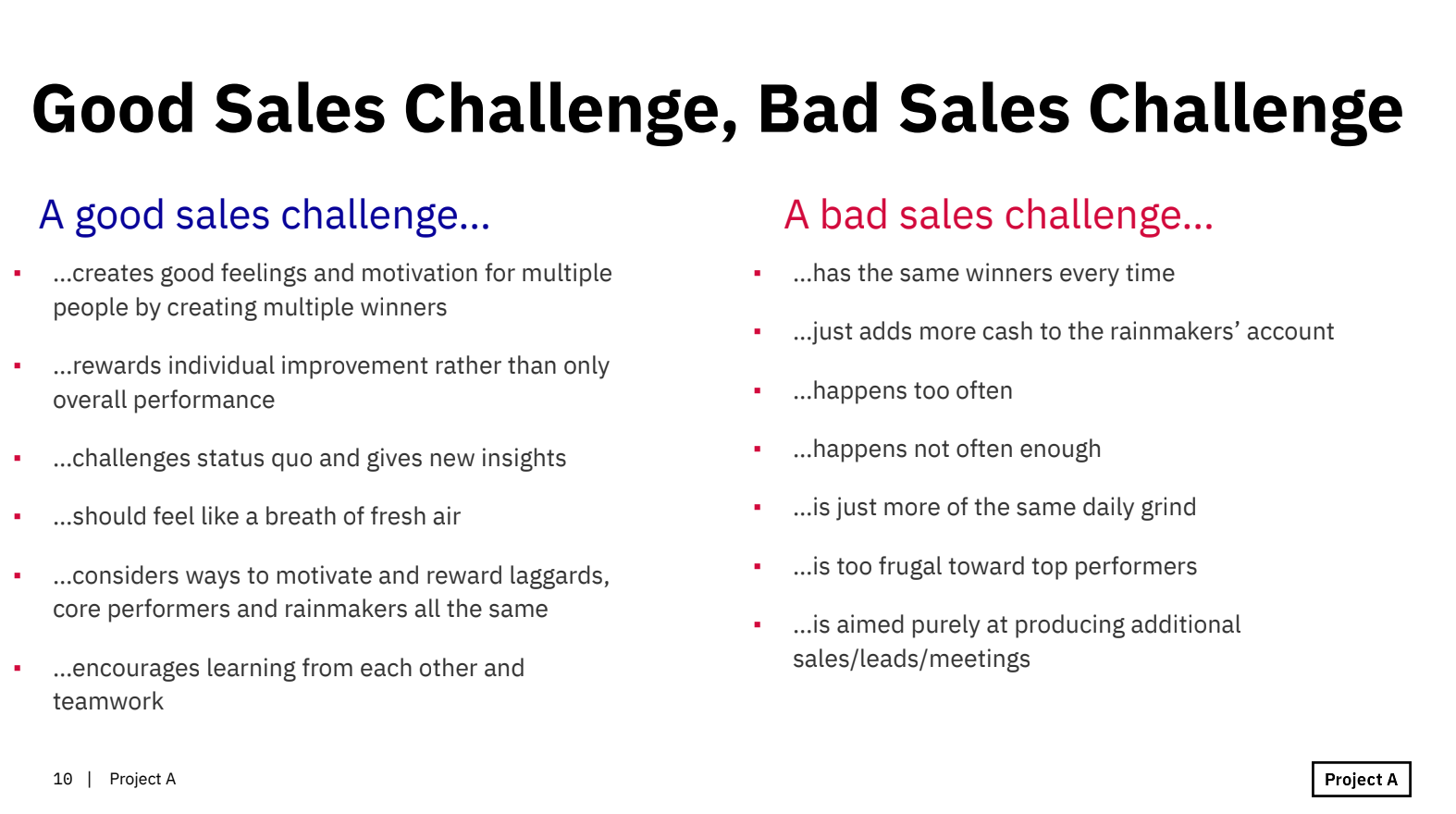By Niusha Shahmoradi
Every startup exists because it has found the missing piece to a puzzle. A piece that people are willing to pay good money for. In theory, every product is unique to the market and we all expect that customers will come running for it.
In reality your customers won’t come knocking on your door. Either because they think their problem is unfixable or they don’t even know that they have a problem.
Now I’m sure you’ve read a few Medium articles on how a pitch deck or your elevator pitch should be structured. But let’s assume you’ve found the perfect product-market-fit and now it’s time to ramp up the sales. How do you get the right people that are able to sell your product or service, and how do you retain them?
As an operational VC, we at Project A follow lots of young companies with great ideas closely from their first (or second) step on. As part of our new format Scaling Sales, we’ve asked a founder, a business angel, and our Project A Head of Sales and Customer Success on their take on how to scale your sales department. Here are our top findings:
Of healthy Scaling and forgetting about the churn rate
First up was Simon Lorenz, he co-founded Klara in 2013 with the vision to solve the inefficiencies in healthcare through communication. Since then, he learned a lot about the dos and don’ts of growing and pivoting one’s commercial team. Simon figured out that there is a healthy way to determine who and when to hire. Following the idea of Mark Roberge (writer of the Sales Acceleration Formula, investor and ex-CRO of HubSpot), Simon determines customer success KPIs which he follows closely and on a weekly basis as they scale. Once the KPIs start suffering from growth he adjusts his approach. Facebook for example looks at the number of friends you connected with over the past ten days. If it’s less than seven, their KPIs are off and the approach is iterated.

Another nugget Simon dropped during his presentation was that you should not focus on your churn rate as an KPI since it’s a lagging factor. Once customers churn it is already too late. He urges you to determine leading indicators for customer success (LICS) such as Facebook’s 7 friends in 10 days.
Base your sales team’s growth on # of customers in your pipeline
Matthias Hilpert, our corporate veteran, built and led teams that consisted of up to 450 team members. He now uses his experience to grow the companies he’s investing in as a business angel.
According to Matthias the growth of a sales team should be based on the number of customers in your pipeline. As a founder, build a funnel first and go through each step. Once the number of deals gets too high, hire a Sales Development Representative for the early funnel stages. The following slide summarizes the evolution of the Sales team with regard to number of customers and ARR (Annual Recurring Revenue).

Motivate your team with sales challenges
Lastly our very own Head of Sales and Customer Success Raul Porojan took the stage. Raul has supported various Project A portfolio companies in both building up their Salesforce as well as building up their sales force. In his presentation Raul focused on a playful approach to retain the sales department you built up. His secret ingredient: sales challenges. The idea is simple: the sales department goes into game mode. There is a goal, a prize for the top performers and a ranking. Two examples of a sales challenge are the Dream Team and the Phone on Fire:

Depending on your individual goal you can create your own challenges but beware of bad challenges that only harm the team morale! Here’s a checklist to keep in mind for your sales challenge:
